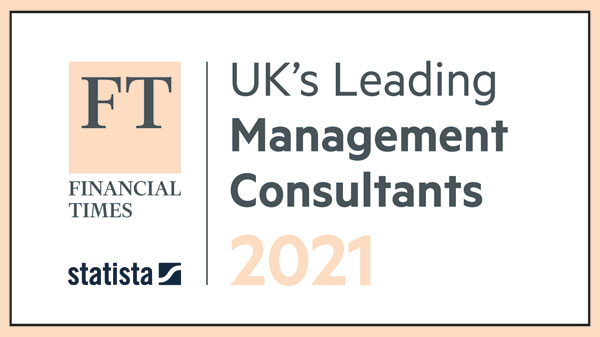Designing organisations to deliver their purpose and strategy is one of the trickiest challenges that managers face. Why? Because typically we’re encouraged to take a ‘technical’ approach to an ‘adaptive’ problem. Let me explain…
On the one hand there is a rational linear sequence to organisation design – start with your purpose and strategy, determine your business model, and from that your operating model and organisational structure should flow. We use this sequence ourselves all the time. But of course, you are never designing from a blank slate. You are always designing into a context, one made up of people with histories, values, predilections, prior relationships and habits. Such context is very far from rational and we have to respond to the vagaries of that.
What’s needed is a methodology that designs organisations to be relevant to their markets and audiences; resilient in their supply chains and core processes; and inclusive of their people in ways that help them and the whole organisation to flourish.
Adaptive Organisation Design is a movement from a ‘dark arts’ approach of design based on algorithms, esoteric language and boxes on charts, towards an inclusive and participative process of facilitated dialogue, that engages as much of the ‘system’ as possible in open discourse on values, beliefs, hopes and fears, and crucially, purpose – individual and organisational. It’s a movement from treating people like machines, to treating them like they matter.
Over the coming weeks I will be exploring and developing these themes of Adaptive Organisation Design – the concept and methodology – in some depth. We’ll look at some of the tools and ideas and how we apply them. In the meantime if you’d like to share your own thoughts or are keen to know more now, get in touch!



